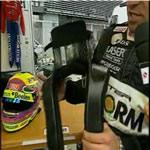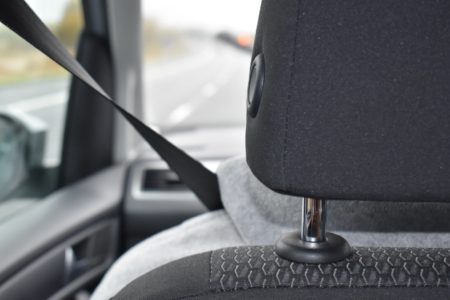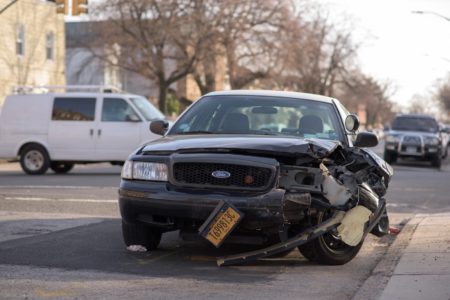Learn to Drive | Safety Devices Used by NASCAR
New drivers just learning how to drive a car are the most vulnerable to being in a car crash. Statistics show that half of the drivers under 20 will have a car crash before reaching 20. And every year 6,000 teens in this age group will be killed in a car crash. Perhaps some of these deaths could be avoided if safety devices reduced the severity of the injuries. NASCAR has several crashes during car races but safety devices avoid the severity of injuries.
The NASCAR organization has a record of “Zero” deaths in the last 10 years largely due to the safety improvements instituted. The National Highway Transportation Safety Association also a goal of “zero” deaths but is far from achieving it.
We have all seen NASCAR races and crashes happen frequently and at high speeds. Drivers walk away beacuse the safety measures protected them. Teens learning to drive a car do not have the safety measures that NASCAR drivers do.
Most car crashes involving teens driving a car happen at speeds under 30 MPH and many are fatal.
Seatbelts originated in racing cars before they were installed in passenger cars. The same can be said for collapsing steering columns, side door re-incforcements and roof rep-inforcements. Even tire designs first tested on the race tracks were moved to passenger cars. It is interesting to see what safety devices are being used on the racetrack …. they may be on a passenger car of tomorrow.
NASCAR’s new Sprint Cup Series racecar debuted in 16 races in 2007 and was used full-time starting in 2008. Developed over a seven-year period at NASCAR’s Research and Development Center in North Carolina, the car’s main focus is driver safety. Safety features include a double-frame rail on the driver’s side with steel plating covering the door bars, impact-absorbent foam on the door panels and a larger cockpit that is 21/2 inches higher and moves the driver closer to the center of the vehicle.

Head and neck restraint
Eight months after Earnhardt’s death, the fourth involving a NASCAR driver a 10-month span, NASCAR mandated head-and-neck-restraint devices for drivers in its three major series. The HANS Device and Hutchens Hybrid Device are the only head-and-neck restraints NASCAR approves for use by its drivers. They are designed to restrict the violent head movement during accidents and abrupt stops that can cause basilar skull fractures and other serious injuries.
Safer Walls
NASCAR joined the Indy Racing League and researchers at the University of Nebraska’s Midwest Roadside Safety Facility in 2000 to develop a Steel and Foam Energy Reduction (SAFER) barrier. Consisting of rectangular steel tubing backed by foam blocks, the barrier is attached to the face of concrete retaining walls and designed to dissipate the force from an impact. Indianapolis Motor Speedway had SAFER barriers installed in the four turns prior to the 2002 Indianapolis 500. All major tracks have the barriers.





2 thoughts on “How to Drive a Car | Safety Devices Used by NASCAR”
Thanks Peter. Please stay in touch.
Wearing safety guards is necessary especially in car racing. It is really nice to see some special design safety guards which provide greater security to racers. Thanks.